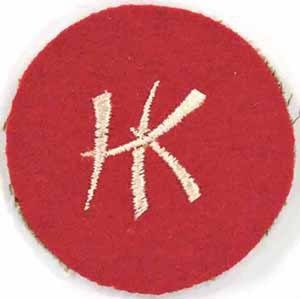This year on Christmas Day, we will remember soldiers of the Royal Rifles of Canada and the Winnipeg Grenadiers on the 75th anniversary of the Fall of Hong Kong.
In the Second World War, Canadian soldiers first engaged in battle while defending the British Crown Colony of Hong Kong against a Japanese attack on Dec. 8, 1941. The Canadians at Hong Kong fought against overwhelming odds and displayed the courage of seasoned veterans, though most had limited military training. They had virtually no chance of victory, but refused to surrender until they were overrun by the enemy. Surrender happened on Dec. 25, 1941.Those who survived the battle became prisoners of war (POWs) and many endured torture and starvation by their Japanese captors.
A memorial has been erected at the Sai Wan Bay War Cemetery on the island of Hong Kong to honour those who died in its defence. On this memorial, made of white granite, are inscribed the names of more than 2,000 people, 228 of them Canadian, who died in Hong Kong and who have no known grave. Included is the name of Company Sergeant-Major John Robert Osborn, Winnipeg Grenadiers, who was posthumously awarded the Victoria Cross.
Below the memorial, the Sai Wan Bay War Cemetery slopes toward the sea,where 283 soldiers of the Canadian Army are buried, including 107 who are unidentified.
Stanley Military Cemetery is situated just beyond the small fishing village of Stanley in the southern part of Hong Kong island, on the Tai Tam Peninsula – 20 Canadians are buried here, including one unknown.
The Yokohama British Commonwealth War Cemetery, located at Hodogaya near Yokohama, is the only British Commonwealth Cemetery in Japan. Here 137 Canadian dead, most of whom died as prisoners-of-war in Japanese internment camps, lie with their New Zealand comrades beneath a Cross of Sacrifice in one of the four sections of the cemetery.
Doug Carey is a member of the Quesnel Royal Canadian Legion, Branch 94 and the branch historian.
